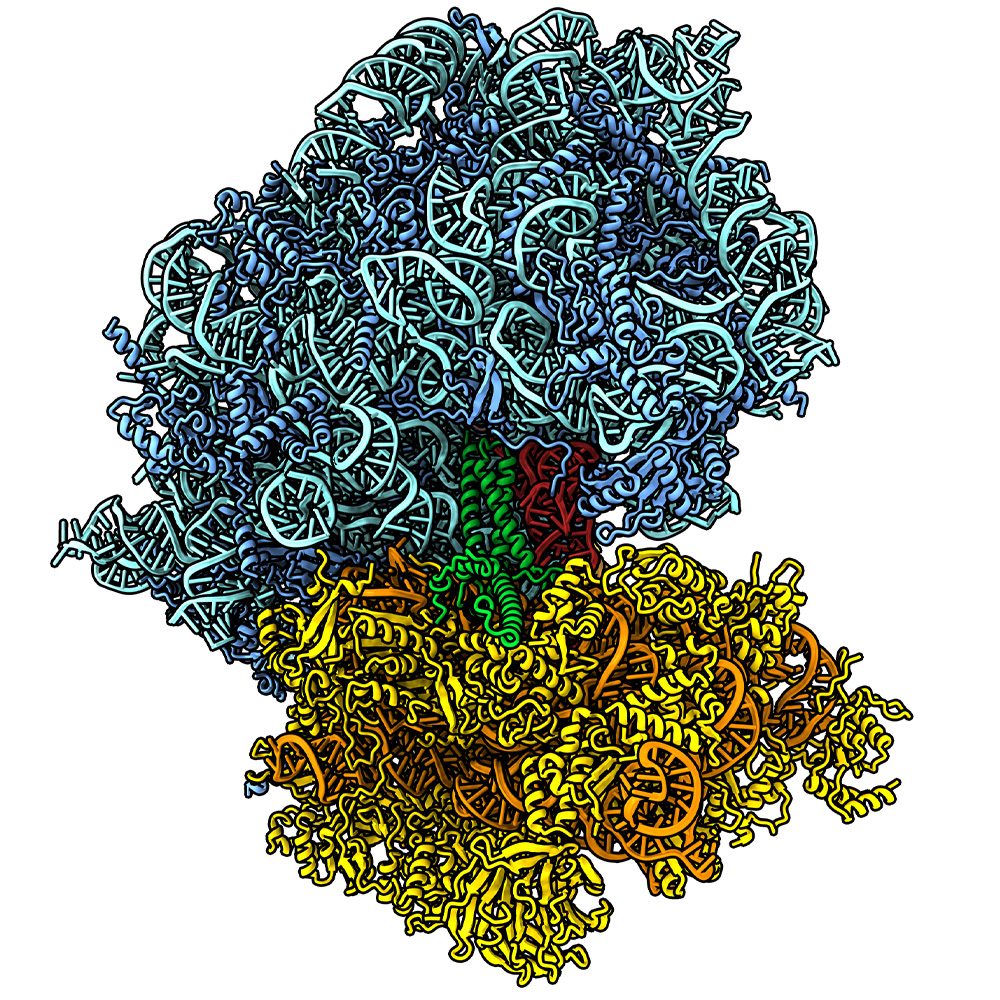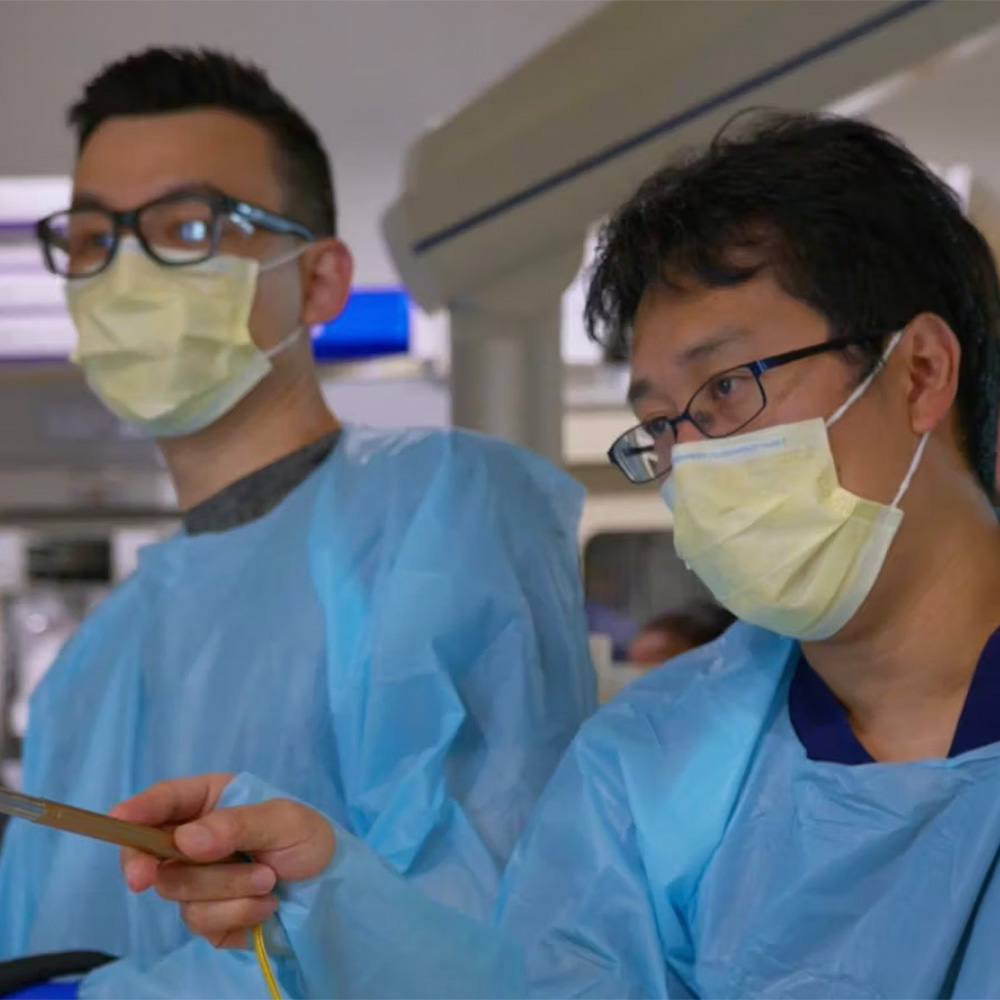Population health turns lens on the continuum of care in North Texas

At UT Southwestern, providing excellent care to hospital and clinic patients has always been a priority. With the new Population Health Services Company – a component of Southwestern Health Resources, the integrated health care network formed in partnership with Texas Health Resources in 2015 – that mission has expanded to supporting patients outside of clinical settings.
Population health services is a concept based on addressing the behaviors and the comprehensive health needs of certain groups of high-risk patients – even when they are not directly in front of a doctor, explained Suresh Gunasekaran, Vice President for Health System Operations.
The traditional health care system relies on patients coordinating their own care with little formal support from the health care system.
“What patients are doing when they’re away from us plays a tremendous role in determining whether they stay healthy or recover from surgery,” said Mr. Gunasekaran, who is also Senior Executive Officer of the Population Health Services Company (PHSC).
Population health includes better coordination between a patient’s primary and specialty care doctors, education on ways that patients can better take care of themselves, home-based care for those who cannot easily come to a clinic, and comparative analytics of patients with similar characteristics. All of this provides the services that patients need to achieve maximum health and recovery so they don’t need to return to the hospital and can function at the highest levels that their health allows. Moving to a more proactive process also helps decrease health care costs, Mr. Gunasekaran said. As of last fall, the Southwestern Health Resources PHSC employed 300 people, working with more than 100,000 patients.
The three key components of population health are:
Patient navigation – This supports patients in finding the right care at the right place at the right time, and helps them find providers and make their appointments.
Care management services – These services are geared toward patients with chronic conditions or who have recently had certain procedures. Those patients are assigned a clinician for a 30-, 60-, or 90-day period to help support their recovery needs.
Disease management – Physicians create unified care plans to ensure that patients with chronic conditions are following best-practice guidelines to manage their disease.
UT Southwestern had roughly 2.2 million patient visits in 2017. So how do clinicians determine which of those need population health? The answer lies in data and analytics, which the PHSC uses to identify various risk factors to predict which patients are most susceptible to complications and likely to need additional support.
“If you factor for things like age, previous health history, and length of hospital stay, you can determine a score to identify which patients are likely to need more help,” Mr. Gunasekaran said. “By focusing staff and resources on those who face a higher risk, such as patients who have multiple health conditions, we can keep them well rather than having to address their conditions at a more serious point.”




